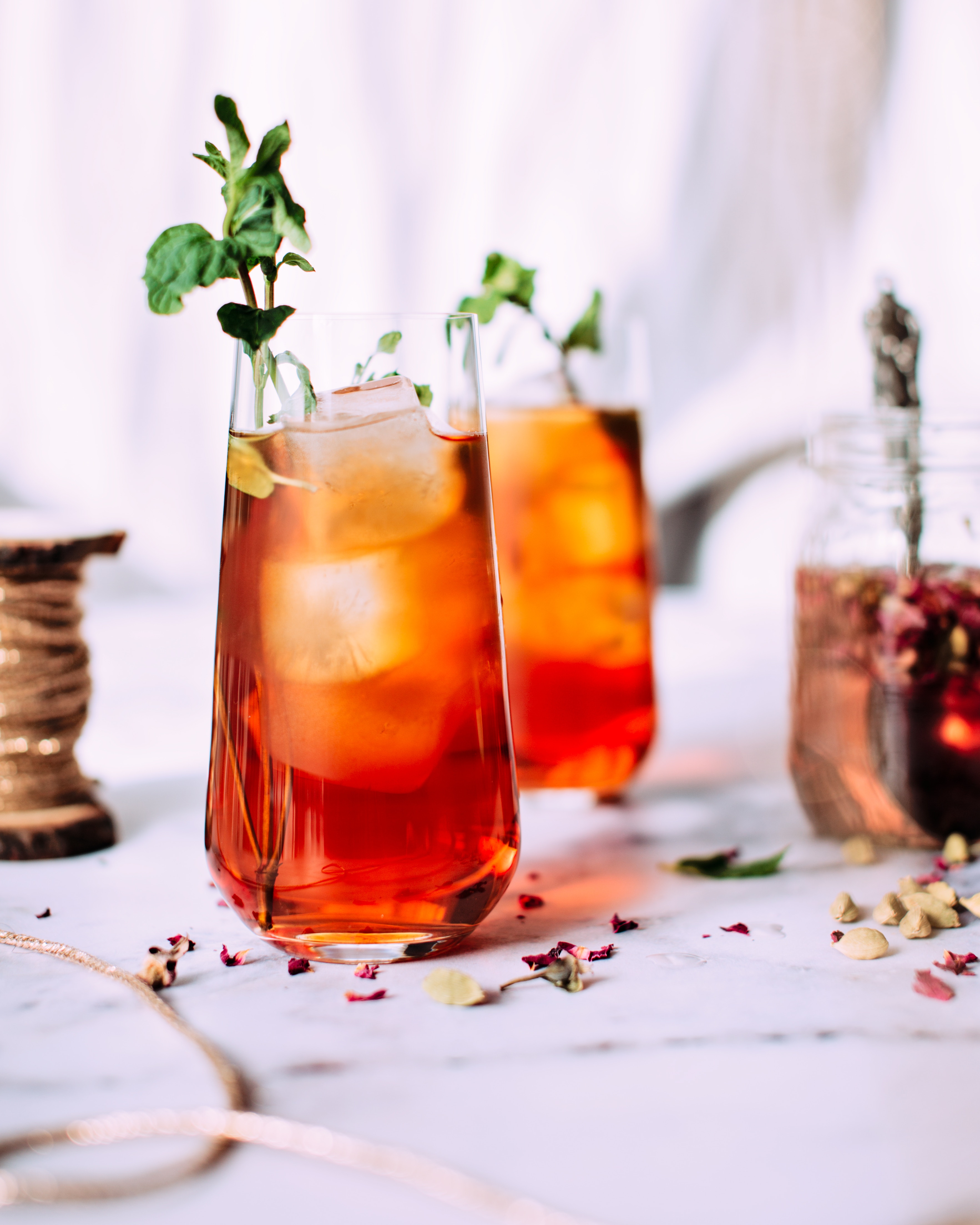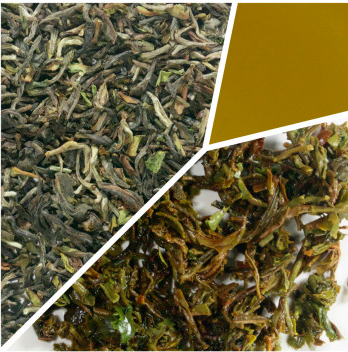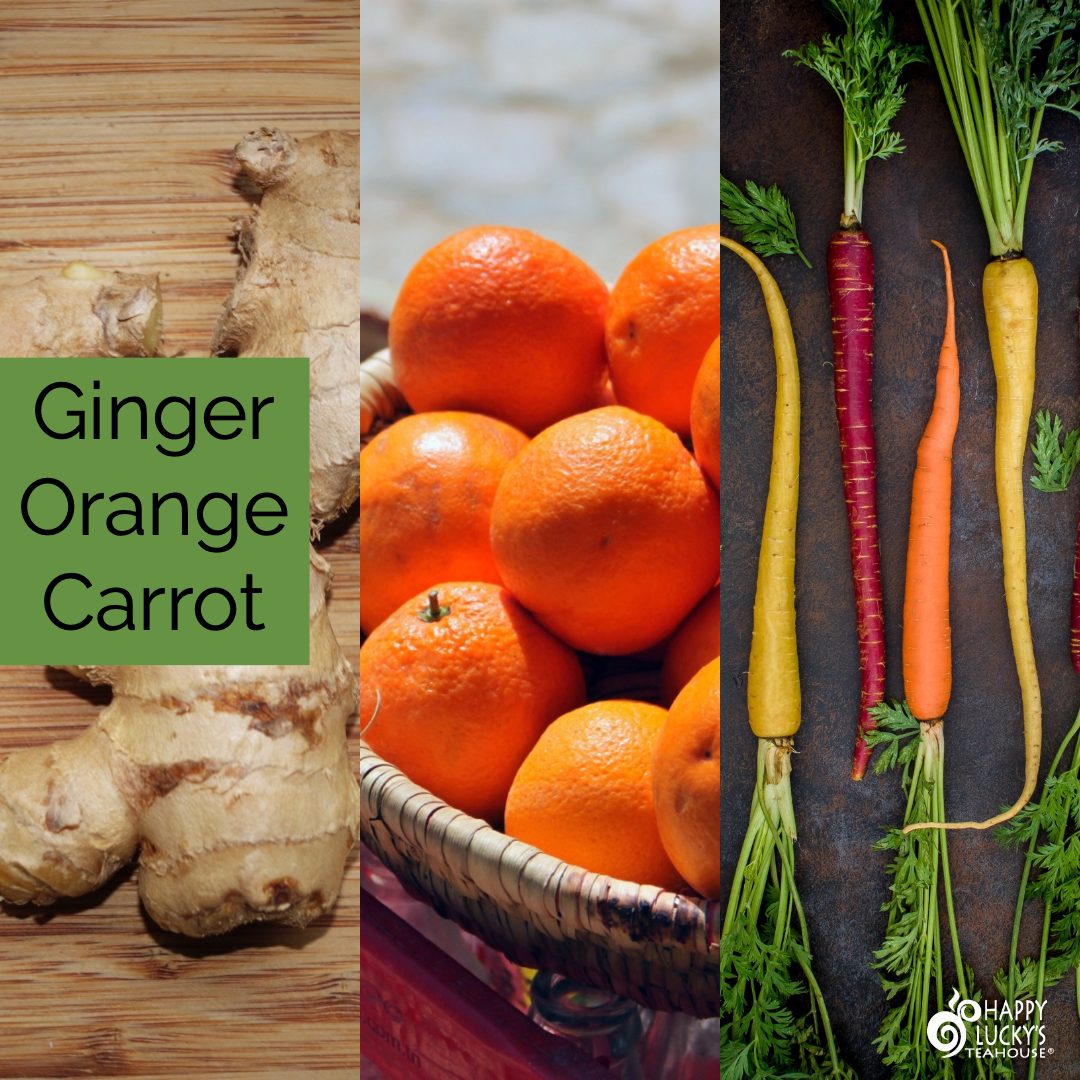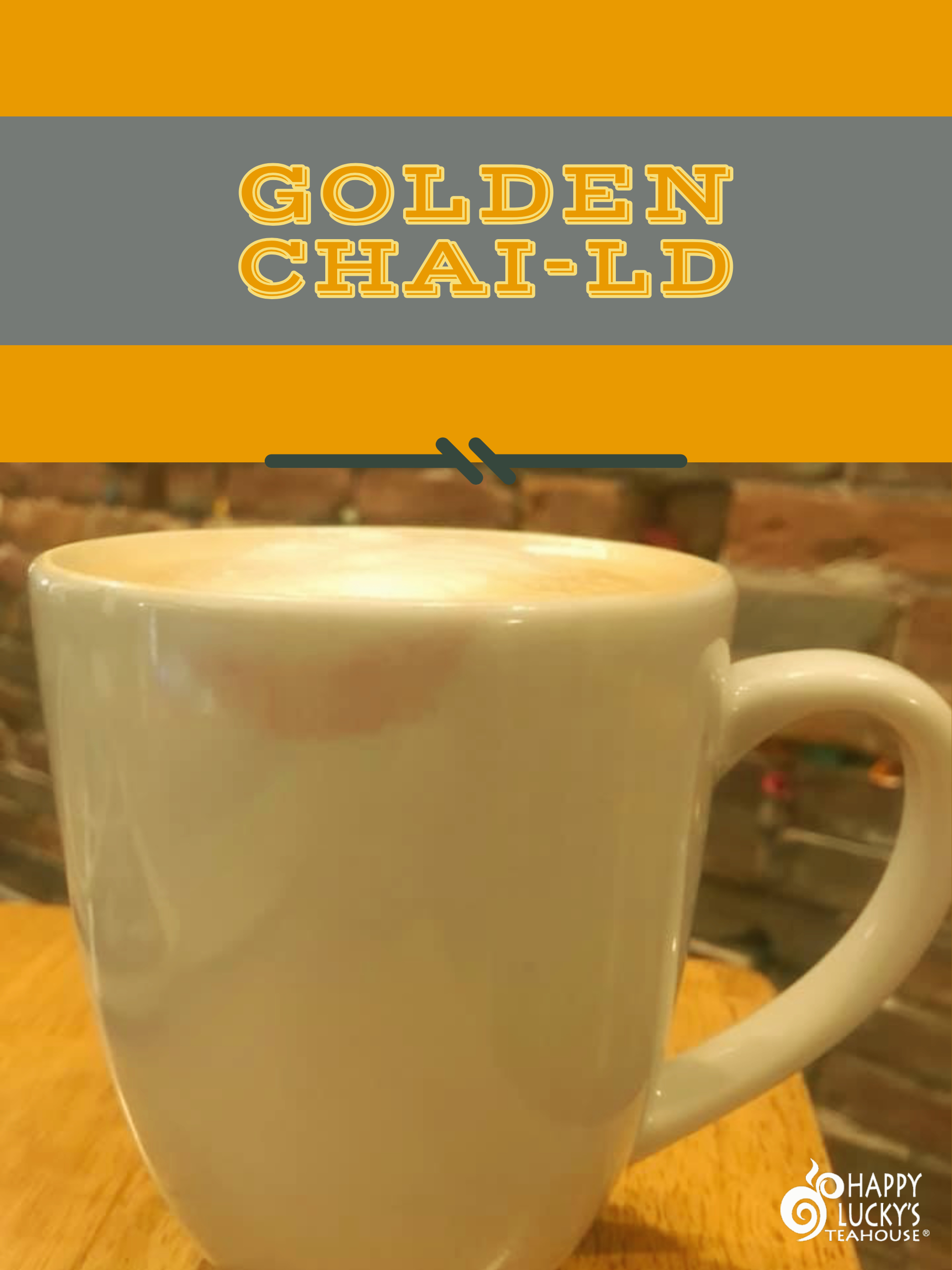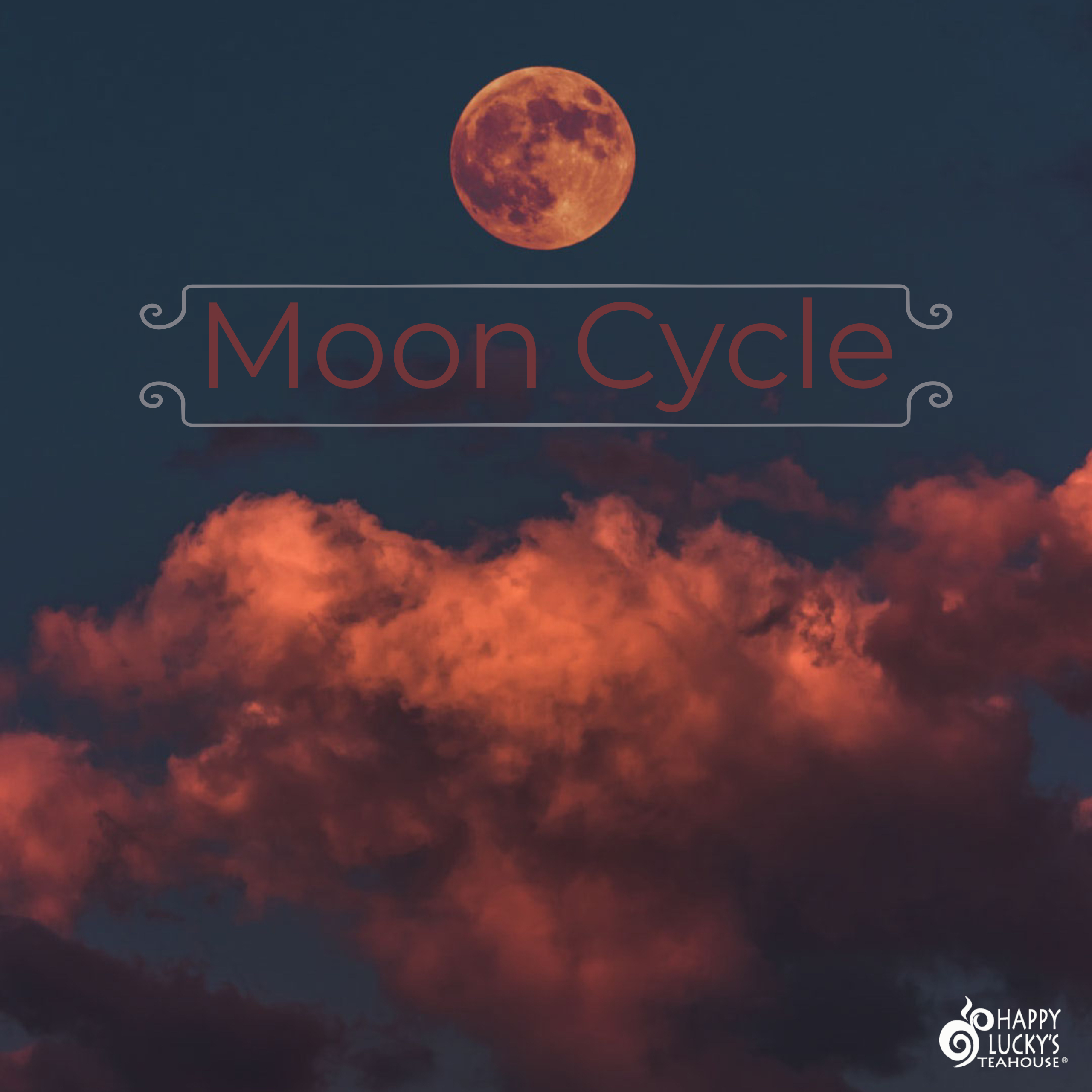Happy Lucky’s Teahouse is celebrating 10 years in business in Fort Collins with a Ten Year Tea Festival in October 2019. Tea Talks, Tea Culture and Craft, Tasting Experiences and Community Connections will be featured during a month long series of interactive events at both Fort Collins locations, in the Old Firehouse in Old Town, and at Front Range Village on Harmony & Ziegler.

“Nourish Your Happy” the awning says, and that’s exactly what Happy Lucky’s owners, George and Kari Grady Grossman and their staff of Leafsters have been doing for Fort Collins customers for the past decade. “When we opened in 2009 there was no teahouse in town,” George says, “really no decent place to get a good cuppa, and frankly many people told me they doubted we would survive.”
To distinguish a Teahouse from a coffee shop and coffee culture, Happy Lucky’s chose to introduce tea culture to Fort Collins by serving tea from all over the world in culturally specific teaware with the intention that bringing people together to talk over a pot of tea would build community—and it worked. Over the years it’s been a meeting place for new business launches, first dates, marriage proposals, conflict resolutions, bible studies, book groups, father-daughter tea parties, peace circles, artistic endeavors and just quiet time alone. Fort Collins found out why tea has been a community-building beverage worldwide for centuries.
“We believe the antidote to our hyper multi-tasking, screen-centered world is a human centered approach,” says George. The tea menu is called The Great Wall of Tea—an interactive, olfactory experience of over 200 loose leaf tea varieties available both in bulk retail, and brewed hot or iced, to stay or go. “It feels so good in here,” and “I love the way it smells” is the most common thing people say when they walk in the door.

“That’s how we’ve been able to compete with online retail,” George says, “the greatest threat to our main street businesses is online shopping, you can get just about any product cheaper online, so we have to give people a reason to get off their screen and come down to see us.” In addition to the proprietary blends that you can’t buy anywhere else, Happy Lucky’s Teahouse is all about the experience – you can’t get comforting smells and happy vibes online.
The Grossman’s attribute their success to the support of the small business community around them and a community that supports shopping local. The constant threat of online shopping and development pushing commercial rents into the realm of corporatetake-over means that the small business community has to work together to survive. The result is the unique character of community collaboration that sets Fort Collins apart as a place to do business.
Happy Lucky’s supplies tea to over 45 local businesses, providing custom blends, loose leaf, matcha, and chai to local cafes, health offices, spas, co-ops, and restaurants and providing ingredients to local makers of kombucha, beer, spirits, cocktails, chocolate and baked goods. Even CSU jumped on the support local bandwagon and started serving Happy Lucky’s tea and matcha at their campus cafes this year.
 Happy Lucky’s Birthday Party during the October 18th Fort Collins Foodie Walk will feature tea-infused birthday cake by Daddy Cakes Bakery and a variety of custom tea blends hand-crafted for the local business community: The Edwards House Bed & Breakfast, Old Town Yoga, The Lyric Cinema, Sky Ranch, The Avery House, Edson Blend, and Visit Fort Collins Special-TEA.
Happy Lucky’s Birthday Party during the October 18th Fort Collins Foodie Walk will feature tea-infused birthday cake by Daddy Cakes Bakery and a variety of custom tea blends hand-crafted for the local business community: The Edwards House Bed & Breakfast, Old Town Yoga, The Lyric Cinema, Sky Ranch, The Avery House, Edson Blend, and Visit Fort Collins Special-TEA.
The Ten Year Tea Festival is a thank you to the community, featuring a henna tattoo artist and tea leaf reader, along with gong fu cha demonstrations, kombucha tastings, tea meditation, tea blending classes and talks about India’s Elephant Friendly Tea, Japanese Tea Cultivars, Athletic Performance & CBD teas. In conjunction with Poudre Library’s Food Themed Bookfest on October 19, Happy Lucky’s will offer tasting experiences pairing tea with cheese from The Welsh Rabbit and chocolate from Nuance Chocolate.
All events are free, except where noted, for the full schedule: https://www.happyluckys.com/events/
Happy Lucky’s Teahouse has occupied the historic Old Firehouse at 236 Walnut Street for 10 years. Built in 1894 and featured as the inspiration for the design of Disneyland’s Main Street by historic local artist Harper Goff, the old firehouse has stories featured on Fort Collins Ghost Tours and History Tours. Happy Lucky’s invites the community to relive the past and slide down the historic firepole just like the firemen used to on Saturday, October 26th.




